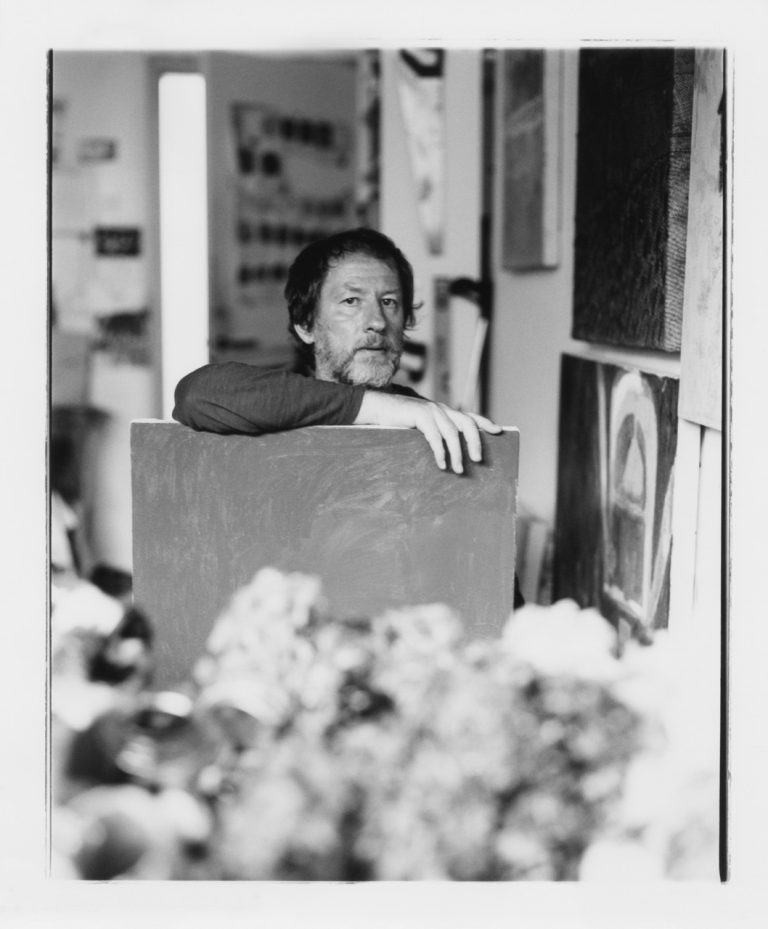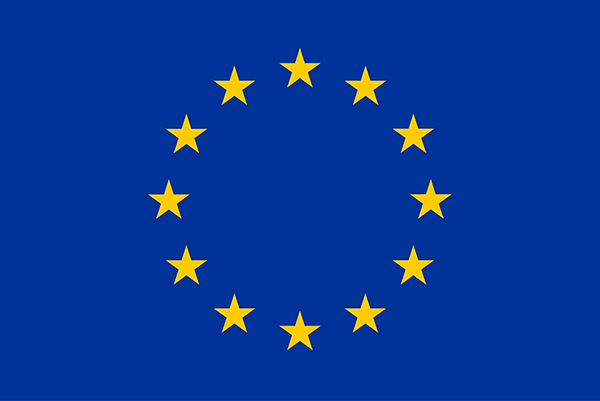
Andrew Cranston (b.1969, Hawick) was born in Hawick in the Scottish Borders in 1969, and now lives and works in Glasgow. His works depict dream-like worlds based on liminal spaces in domestic environments. He studied at Gray’s School of Art, Aberdeen and then completed his postgraduate studies at the Royal College of Art, where he was taught by Peter Doig and Adrian Berg.
Engaging with the layered emotional quality and pathos of everyday life, as well as a strong sense of place, be it real or imagined, Cranston’s evocatively titled paintings contain compelling and intriguing narratives that have the collaged dream-like quality of recollection and what he calls ‘creative misremembering’, or as he calls it: ‘a mood, the atmosphere of it… painting is an act of remembering and forgetting, covering and uncovering, tracing and retracing, getting lost and finding a way’.
His work has been the subject of recent solo exhibitions at Modern Art, Paris (2024); Hepworth Wakefield, Wakefield (2023); Ingleby Gallery, Edinburgh (2023); Modern Art, London (2022). Group exhibitions include The Moth and the Thunderclap, Modern Art, London (2023); The Inner Island, Villa Carmignac (2023); Dreamhome, Art Gallery of New South Wales, Sydney (2022) the Royal Academy, London (2022); Jerwood Gallery, Hastings (2019).
Cranston’s work is housed in collections around the world, including: TATE, London, UK; Loewe Foundation, Madrid, Spain; He Art Museum, Shunde, China; H+, Suzhou, China; Royal College of Art, London, UK; Hawick Museum, Royal Scottish Academy, Edinburgh, UK; National Gallery of Scotland, UK; Art Gallery of New South Wales, Sydney, Australia; Hall Art Foundation, Vermont, USA; Institute of Contemporary Art, Miami, USA; Portland Art Museum, Oregon, USA and the Aishti Foundation, Beirut.
Cranston’s 2023/2024 show What made you stop here? at The Hepworth Wakefield was his first solo exhibition in a public gallery. What made you stop here? consisted of 38 new and recent paintings that range from large-scale canvases to intimate works painted on old linen-bound book covers, comprising subjects that include still life, landscape, seascape, portraits, and interior scenes.


Operational Programme I – European Structural and Investment Funds 2014-2020 “Fostering a competitive and sustainable economy to meet our challenges”. Project may be part-financed by the European Regional Development Fund Co-financing rate: 80% European Union Funds; 20% National Funds.


Operational Programme I – European Structural and Investment Funds 2014-2020 “Fostering a competitive and sustainable economy to meet our challenges”. Project may be part-financed by the European Regional Development Fund Co-financing rate: 80% European Union Funds; 20% National Funds.

© Malta International Contemporary Art Space 2023
© Malta International Contemporary Art Space 2023
© Malta International Contemporary Art Space 2024





Operational Programme I – European Structural and Investment Funds 2014-2020 “Fostering a competitive and sustainable economy to meet our challenges”. Project may be part-financed by the European Regional Development Fund Co-financing rate: 80% European Union Funds; 20% National Funds.


Operational Programme I – European Structural and Investment Funds 2014-2020 “Fostering a competitive and sustainable economy to meet our challenges”. Project may be part-financed by the European Regional Development Fund Co-financing rate: 80% European Union Funds; 20% National Funds.

© Malta International Contemporary Art Space 2023